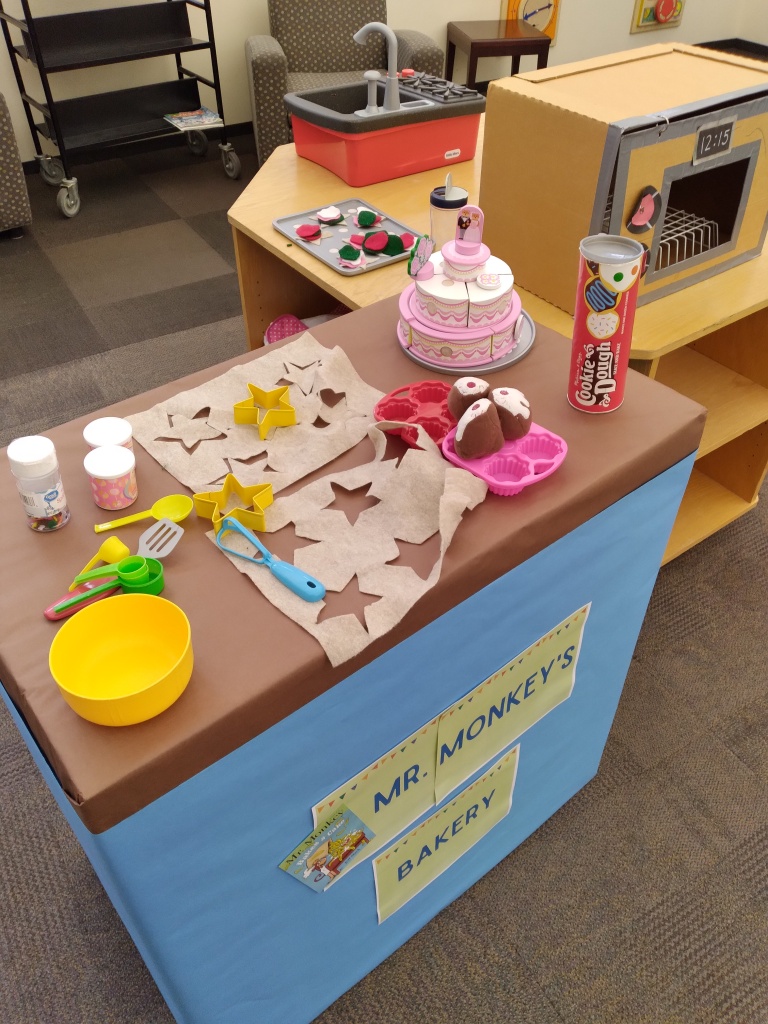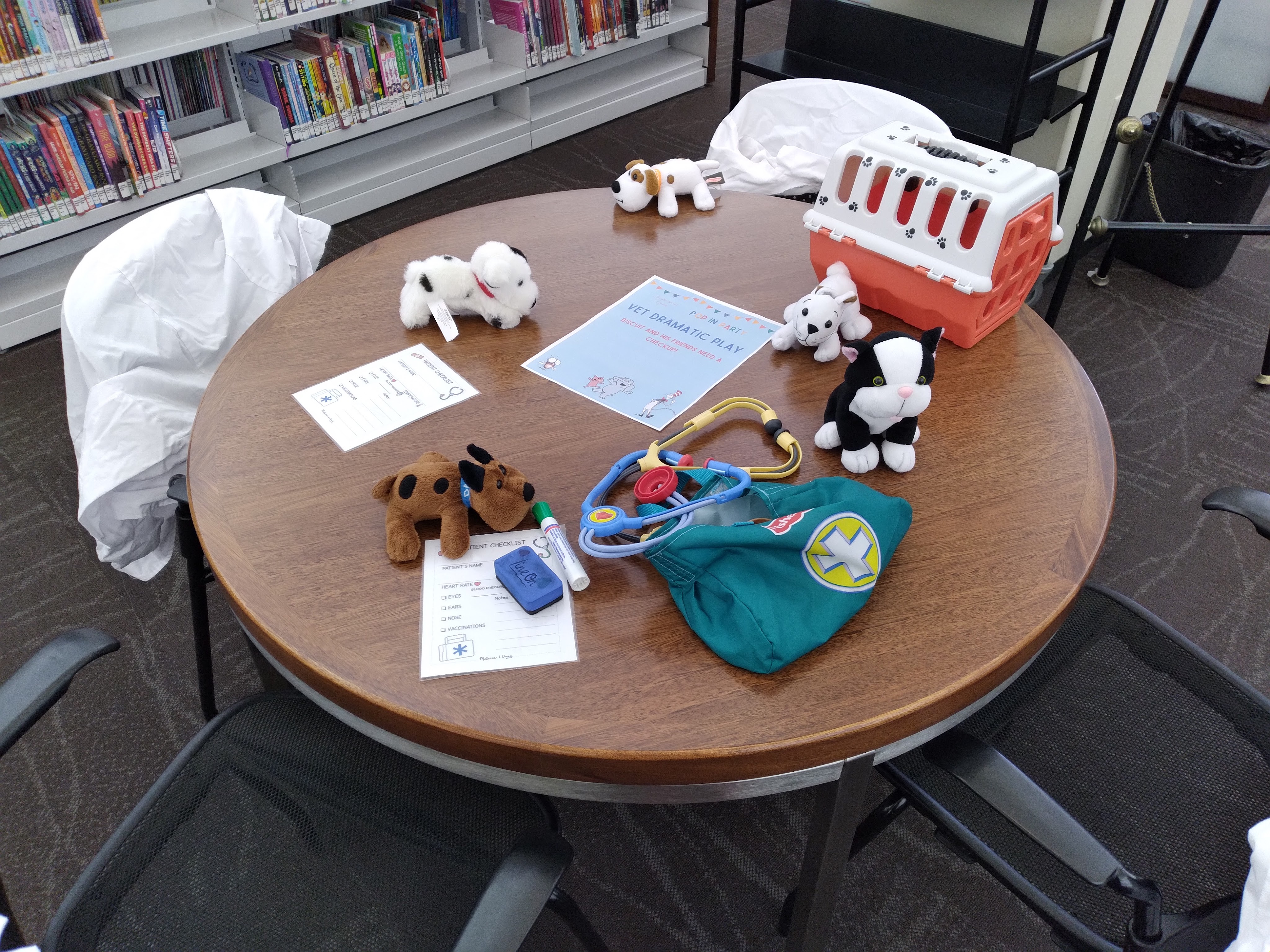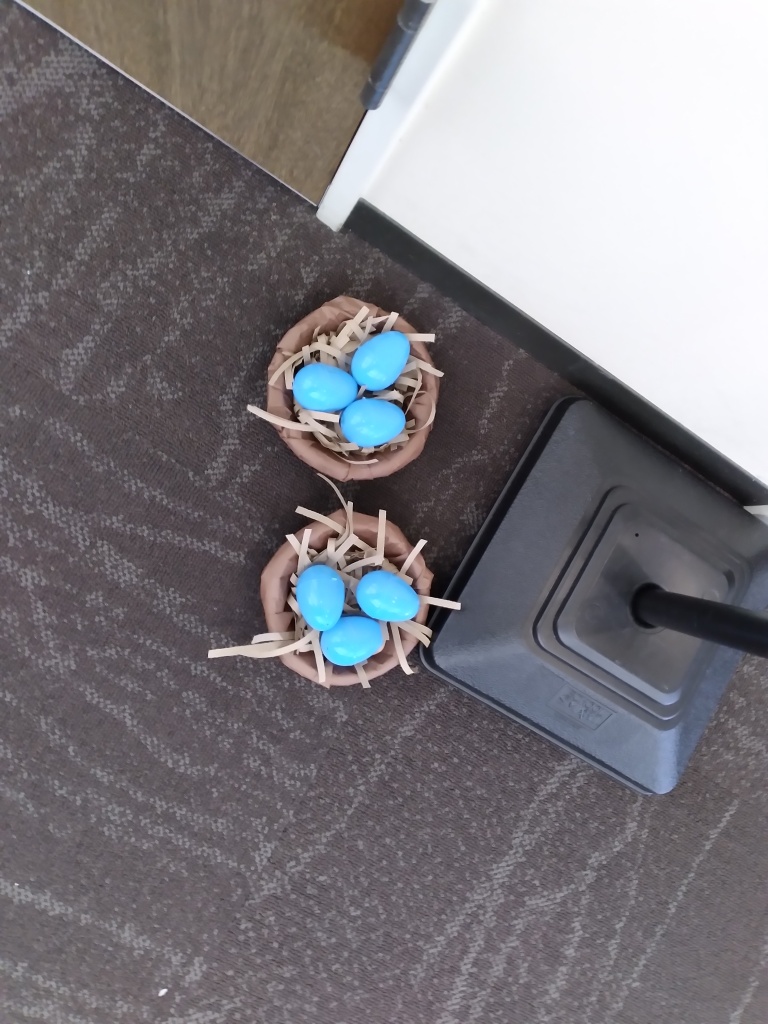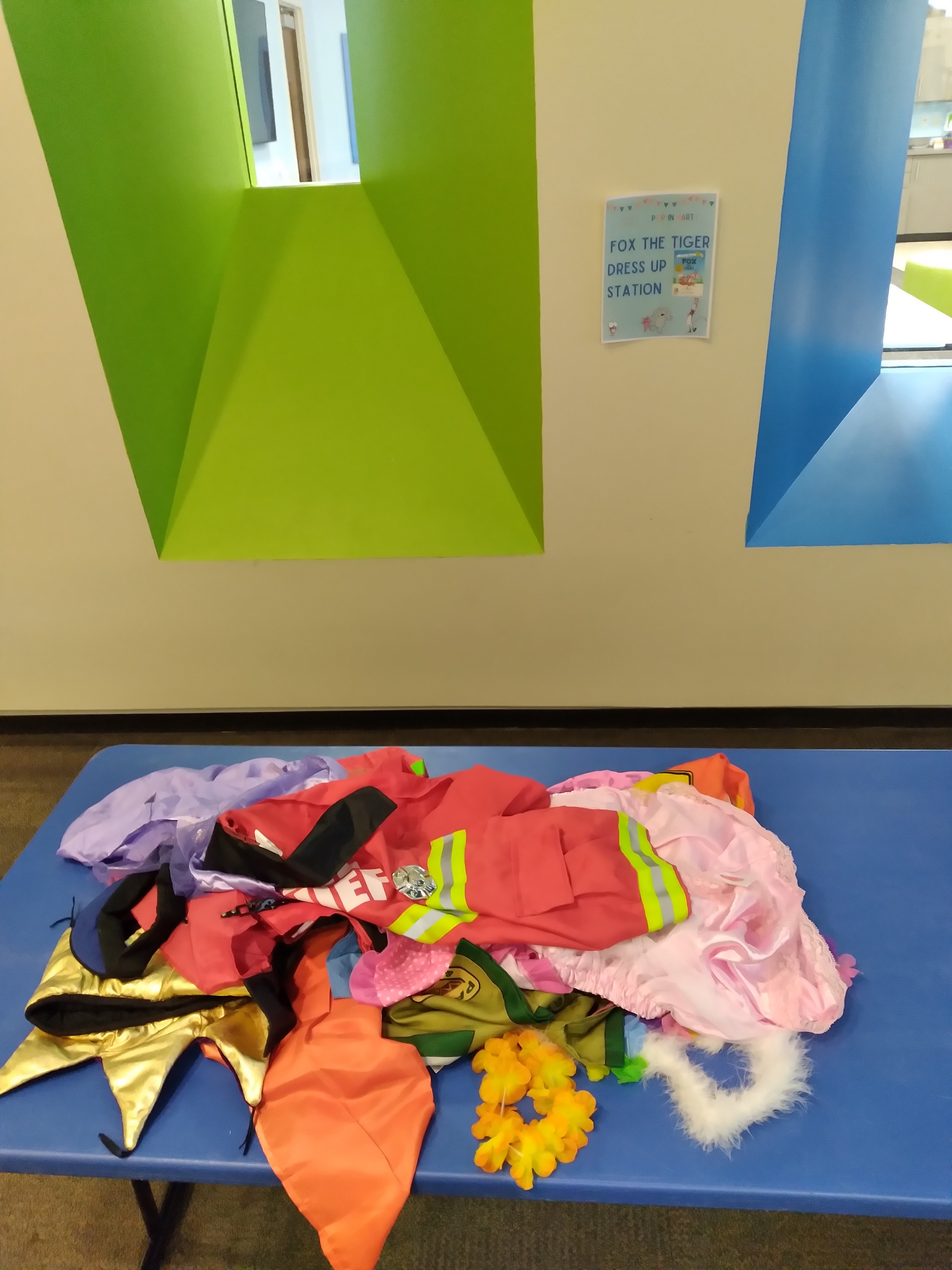It should come as no surprise that Easy Readers are, by far, one of our most popular collections. Well-intentioned parents come in seeking these books for their emerging new reader and we happily walk them to this collection and show them what we have. It sounds logical enough, right? Send the new readers to the Easy Reader section. Job done… or is it? We have found that there are many misconceptions and misunderstandings around Easy Readers, believe it or not. In order to help your child get matched with the right reader for them, we are busting some of the myths we commonly come across that lead to a lot of frustration for parents and even more for their littlest readers.
Myth #1: Any book that says Level 1 is the same reading level.
I cannot tell you how often I have a parent come in saying “My child is a level 1. Where are the Level 1 books?” The parent is referring to the level the publisher has designated as their beginner reading level. The problem? Not all levels are created equal in the world of publishing. To make this point, I grabbed three level 1 readers off of our shelves and used the Fountas and Pinell Guided Reading Levels (commonly called GRL) used by many of our area schools to compare them. Each one, though saying Level 1 on the cover, came up with a different guided reading level! They ranged from a level G to a level K. This is the difference between a first grade and second grade level, which is fairly significant.
-
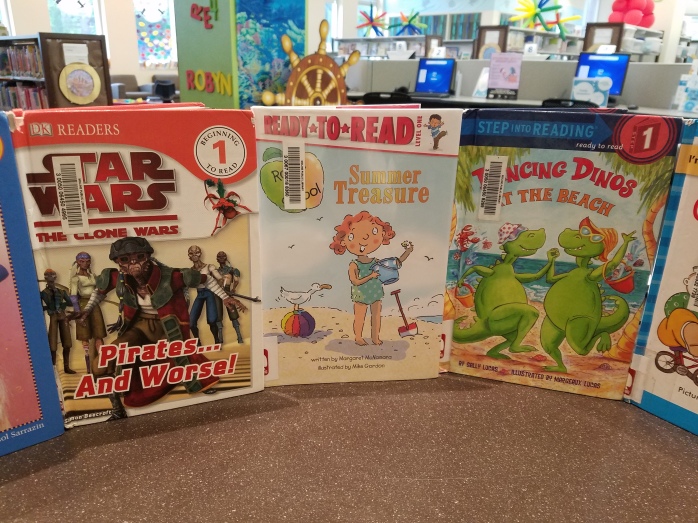
-
Three Level 1 readers
-
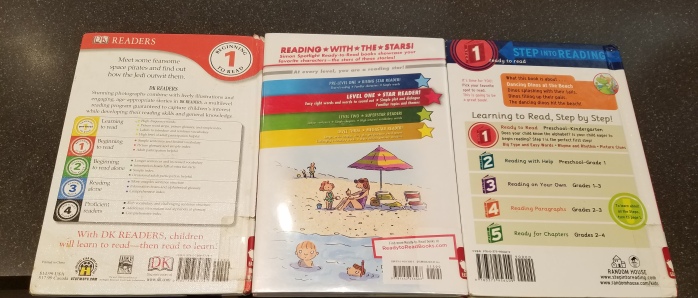
-
The target audience as defined by the publisher
-

-
Example of the Level 1 reader with a GRL of G.
-

-
Example of the Level 1 reader with a GRL of K
So how can you know which is the Level 1 your child is reading at? First, ask your child’s teacher what reading system they use and if they have a reading level designated for your student. If you come in and see us, we have a lot of tools up our sleeves to locate books at that level. We also keep a list of books leveled by GRL behind our desk that you can use while at the library. If you are unable to get the level from school and only know the level that was on the cover of the book, we recommend having your reader give books a “Test Drive.” Have your child read a page or two out loud. If they “hit the brakes” (struggle to sound out the words, skip words or mispronounce words without catching their error, or read the word but have no clue as to what it means and can’t figure it out from the context) 4 to 5 times, then it isn’t the right reader for them. When in doubt, ask the librarian at the desk!
Myth #2: Easy Readers are only for kids learning to read.
There are two ends of the spectrum for this myth. First, there are the parents who try and push their kids away from Easy Readers because they have figured out how to sound out words and show they understand what they are reading. Though sounding out words (referred to as decoding) and building comprehension are the basis for most Easy Readers, there is another piece to the puzzle called fluency. Basically it means your child reads smoothly without stumbling over the words and reads with emotion, so they don’t sound like little robot readers. Easy Readers are perfect for practicing this! This also makes your child a more confident reader so that when they are ready to move onto more challenging books, they are ready and (even better) they are excited!
Another point here is that Easy Readers, in our collection anyhow, go up to third grade. Most decoding mastery takes place in kindergarten and first. So why do we go so high? Because not all readers are voracious. There are lots of kids who love to read and are at the appropriate level for their grade but maybe sitting still long enough to read a chapter book is hard yet. These Easy Readers geared at the older kids are vital so that their love of reading doesn’t fizzle. It allows them to mature into the longer books.
Remember I said there were two ends to the spectrum? Well at the other end you will find the parents who steer their child clear of the Easy Readers because they are too young to learn to read. While it is true that Easy Readers are designed with learners in mind, the bright pictures with lots of context clues, the few sentences on the pages, and the shortness in length makes them a great bridge from board books to picture books. I’m not saying that there are not lots of picture books that are great for toddlers and prek kiddos because trust me, there are, BUT the Easy Reader section is great because it eliminates some of the lengthier, more complex picture books that might overwhelm your little one and cause more frustration than joy at story time.
Myth #3: Easy Readers all teach reading in the same way.
There are many ideas on how kids learn to read in the most effective way. Many schools push sight words (or Rainbow Words as they are sometimes called) so there are plenty of Easy Readers that emphasize this concept. Others focus on easy Constant-Vowel-Constant (CVC for short) words like pig, bog, and cup so they write stories with very simple words that can be sounded out based on the child’s phonemic awareness (the sounds the letters make apart and when put together). And speaking of phonics, what about phonics books that teach reading? Yes, we have those as well. The fact is, there isn’t one way that is right or wrong, better or worse. There are different ways for different readers and it is our job to help all learners, so we provide a variety of Easy Readers that address all of these options and more. In fact, we even try to have kits that teach using these various techniques that can be checked out for three weeks at a time. If you let us know what works best for your child, we will happily show you what we have to meet their learning style.
-
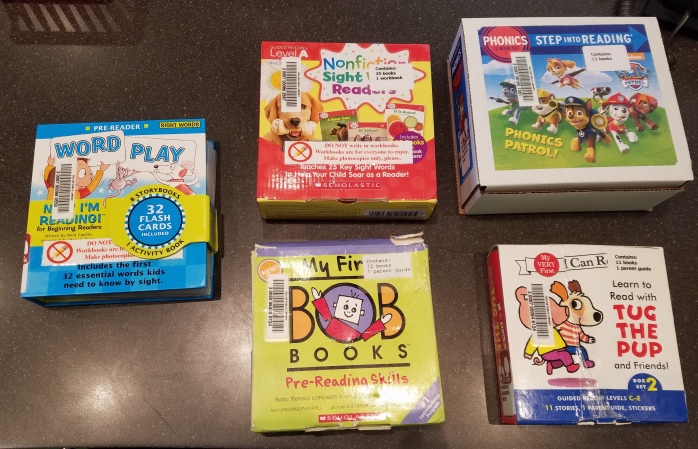
-
?
Myth #4: Easy Readers are all fiction.
Like most books, Easy Readers come in both fiction and nonfiction. Many publishing companies get help from educational consultants to make sure the content and reading level are in line, especially when it comes to Easy Readers. In our library, the fiction Easy Readers are shelved by themselves but we mix in the nonfiction Easy Readers with our juvenile nonfiction collection so parents and teachers can grab a mix of books appropriate for a child to read on their own and books that can be read together to cover the more difficult language and concepts they may be learning about.
Myth #5: Easy Readers are easy!
Learning to read is anything but easy! It is a complex skill that requires practice. Lots of practice. It seems that calling Easy Readers Early Readers or Beginning Readers is more accurate. To anyone who has sat with a frustrated 5 year old trying to make sense of silent e’s or why the letter sounds of s and h change when they are side by side in a word knows this undertaking can be difficult. Expect it to be a process and stay positive! The more you can encourage and praise your child’s efforts, the more confident they will become.
